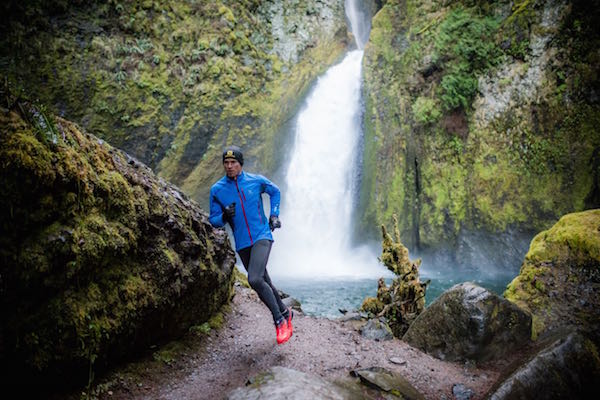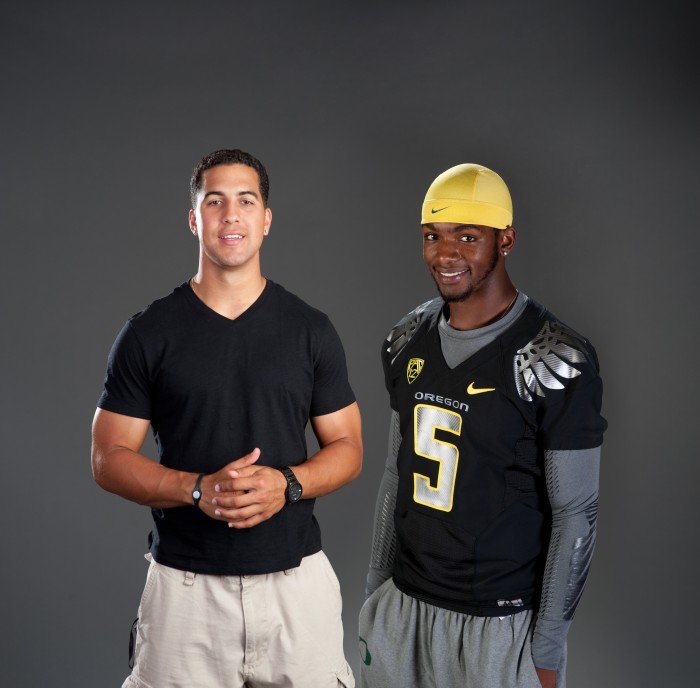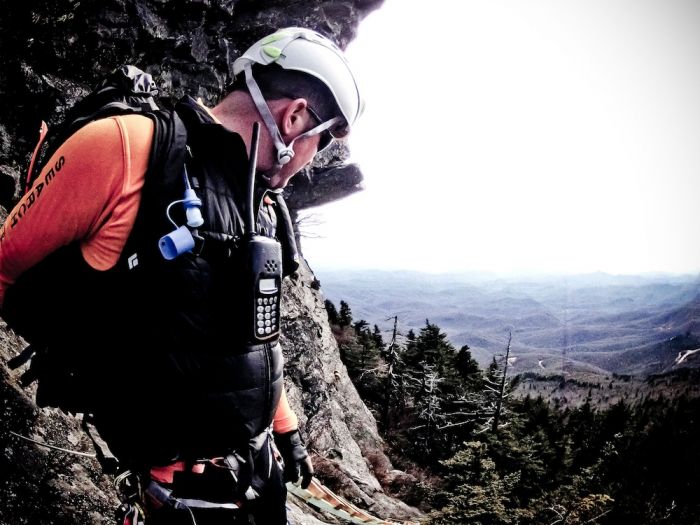Snow camping in Oregon can be a fun adventure! Get out there this winter.
written by Bronte Dod | photo courtesy of Timberline Mountain Guides
Mountain guide Cliff Agocs first attempted winter camping when he was 10 years old. He and his dad trekked through the White Mountains in New Hampshire in February, where they melted snow for drinking water. Since then, Agocs has honed his outdoor skills in Oregon, where he founded Timberline Mountain Guides.
Agocs likes to think of winter camping as a set of skills necessary to enjoy the outdoors in the months when they tend to be avoided if you don’t enjoy traditional winter activities like skiing. With the right gear and knowledge, the payoff of winter camping—true solitude and not as many bugs—makes the extra work worth it.
What to bring on an Oregon winter camping trip
The most important things to keep in mind when you’re out in the snow are staying warm and staying dry. If you’ve camped in the warmer months, you shouldn’t need to spend a lot of money on outdoor gear for the winter. Most summer camping equipment can be used in the winter as well. Make sure, though, you have the basics—a zero degree sleeping bag, a water resistant sleeping pad and a tent without mesh.
If this is your first time camping in the winter, Agocs recommends finding gear at a local used gear shop like The Gear Fix in Bend or Next Adventure in Portland.
You’ll also need multiple pairs of clothing, even if you’re only camping for a night. Avoid cotton, which doesn’t dry well, and wear wool or fabric specifically designed for the snow.
Where to go winter camping in Oregon
Your first winter camping adventure doesn’t have to be a week-long snowshoe through the backcountry of the Cascades. Agocs suggests starting with a one-night camping trip close to home where you can test out your gear.
Most campgrounds in the state and national forests close for the winter, but you are allowed to camp in areas outside of designated campsite in the Deschutes, Mt. Hood and Siuslaw National Forests to find solitude.
Once you find your perfect spot to set up camp, you’ll need to create a place to pitch your tent.
Pack down a plot of snow the size of your tent with your snow boots, and set up your tent there ensures that you won’t step through any soft spots in the snow and potentially rip a hole in your tent.
If you want to camp this winter but want to avoid the snow, Oregon State Parks hosts fourteen campgrounds along the coast that are open year round.
Settling in for Oregon snow camping
Hopefully, it’s nice enough to cook outside. If you have to cook inside your tent or tent vestibule, make sure you have plenty of ventilation and are aware of the fire dangers.
For the most part, Agocs said, snow camping isn’t much different from traditional camping. Enjoy the solitude of less crowded campgrounds, and get cozy by the fire outside or inside your tent.
When Agocs isn’t summiting mountains, he and his dad will camp in the snow in Central Oregon even for a night.









This is a terribly uninformative article.
sorry you feel that way! Hope you find something else here that’s useful to you!